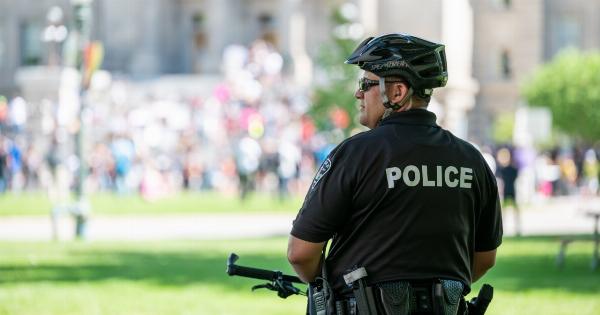Bruises, also known as contusions, occur when small blood vessels under the skin are damaged or broken, resulting in a discoloration, pain, and tenderness on the affected area.
While bruises usually fade away on their own over time, there are several tips and tricks you can follow to help speed up the healing process. In this article, we will explore various methods that can assist in healing bruises faster and provide you with relief from discomfort. Keep reading to discover these useful techniques!.
1. Apply a Cold Compress
When you develop a bruise, the first step is to apply a cold compress to the affected area. The cold temperature helps constrict blood vessels, reducing blood flow and preventing further bleeding into the surrounding tissues.
Wrap an ice pack or a bag of frozen vegetables in a cloth and gently apply it to the bruised area for 10 to 15 minutes at a time, several times a day. Avoid direct contact with ice or applying ice directly to the skin, as it can cause ice burns.
2. Elevate the Injured Area
If possible, elevate the injured area above your heart level. This elevation helps minimize blood flow to the affected area, reducing swelling and promoting faster healing.
For example, if you have a bruised leg, prop it up on a couple of pillows while lying down. This simple technique can have a significant impact on improving the healing process.
3. Massage the Bruised Area
Gently massaging the bruised area can stimulate blood circulation and promote faster healing. Use your fingertips to apply light pressure and massage the area surrounding the bruise for a few minutes each day.
However, ensure that the massage is gentle and doesn’t cause any pain or discomfort. Massaging too aggressively can potentially worsen the bruise or cause additional damage.
4. Use Arnica Cream or Gel
Arnica cream or gel, derived from the arnica plant, has been used for centuries to treat bruises, reduce swelling, and alleviate pain. Apply a thin layer of arnica cream or gel to the bruised area a few times a day and gently massage it into the skin.
Make sure to follow the instructions on the product packaging and discontinue use if you experience any adverse reactions.
5. Take an Over-the-counter Pain Reliever
If the bruised area is causing you considerable pain or discomfort, you may consider taking an over-the-counter pain reliever such as acetaminophen or ibuprofen.
These medications can help manage pain and reduce inflammation, allowing you to move more comfortably while your bruise heals. However, consult with a healthcare professional before taking any new medication, especially if you are already on other medications or have underlying health conditions.
6. Protect the Bruised Area
While a bruise heals, it’s essential to protect the area from further injury. If the bruise is on an exposed body part, consider covering it with a bandage or gauze to prevent accidental bumps or scrapes.
Moreover, wearing protective gear or padding can be beneficial if you are participating in activities that may put the bruised area at risk of further damage.
7. Use Heat after 48 Hours
After 48 hours have passed since the bruise appeared, applying heat to the area can help improve blood circulation and speed up the healing process.
Use a warm towel, a heating pad on a low setting, or take a warm bath to gently apply heat to the bruised area. Remember not to use heat during the initial 48 hours, as it can increase blood flow and potentially worsen the bruise.
8. Consume a Nutrient-rich Diet
Eating a well-balanced diet rich in essential nutrients can aid in the healing of bruises. Include foods that are high in vitamins C, K, and A, as they can support blood clotting and collagen production, which are crucial for proper healing.
Some examples of such foods include citrus fruits, leafy greens, bell peppers, tomatoes, fish, eggs, and lean meats.
9. Stay Hydrated
Drinking an adequate amount of water is important for overall health and can also help in the healing process. Staying hydrated ensures sufficient blood circulation, which is essential for transporting nutrients and oxygen to the injured area.
Aim to drink at least eight glasses of water a day, or more if you are physically active or live in a hot climate.
10. Give Yourself Time to Rest
Resting is crucial for your body to recover from any injury, including bruises. Avoid putting unnecessary strain or pressure on the bruised area, as it can impede the healing process.
Take breaks when needed and try to avoid activities that directly involve or expose the bruised area until it has fully healed.
Keep in mind that severe or recurring bruising without any apparent cause may indicate an underlying medical condition.
If you frequently experience unexplained bruises or if a bruise does not heal within a reasonable timeframe, it is advisable to consult a healthcare professional for a thorough evaluation.



























